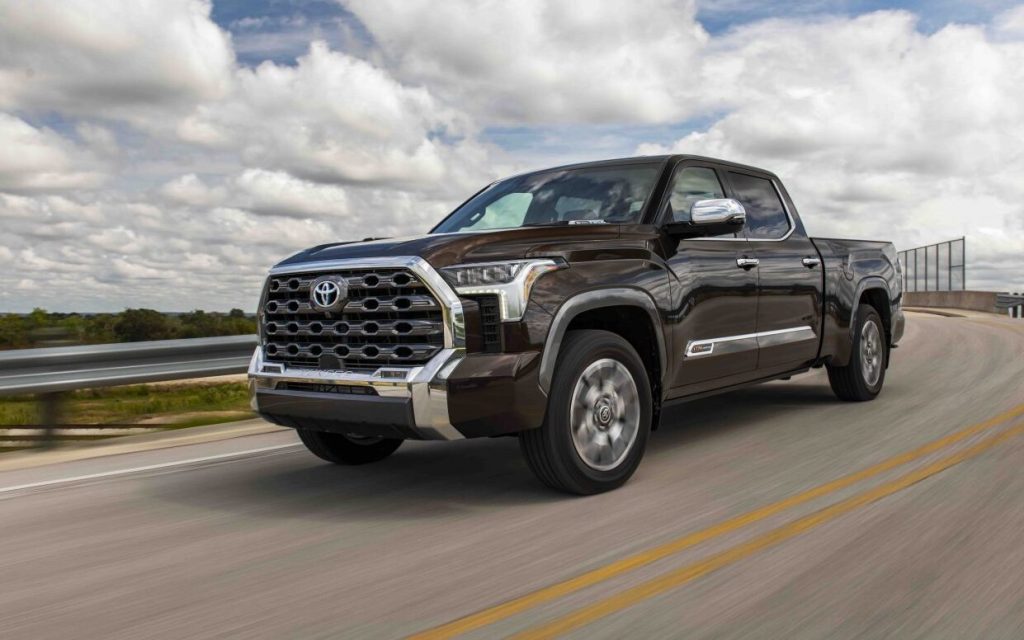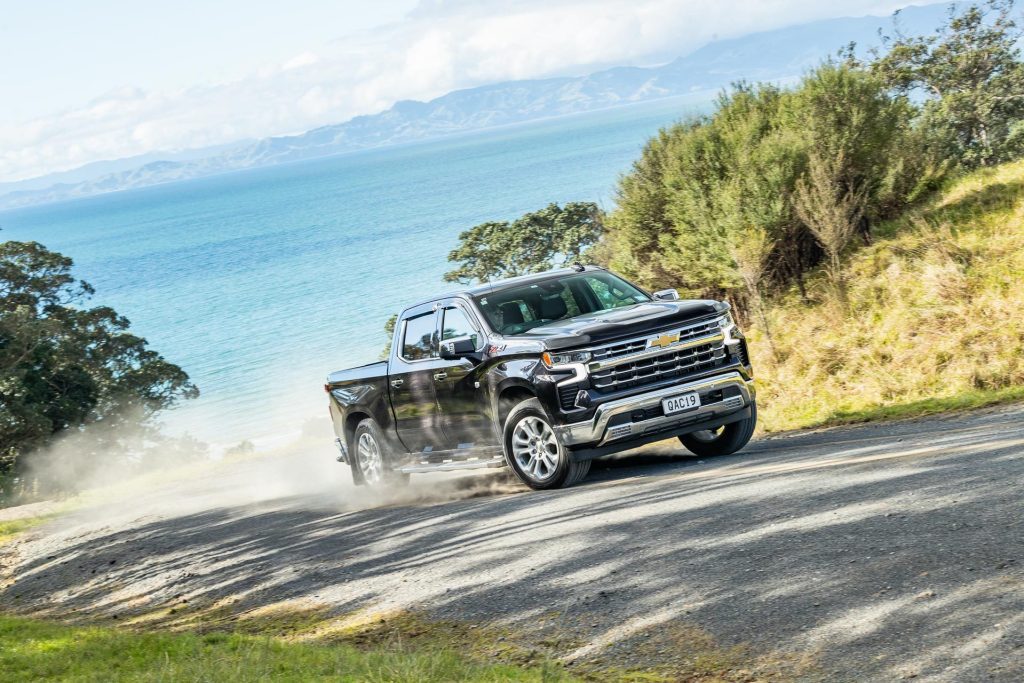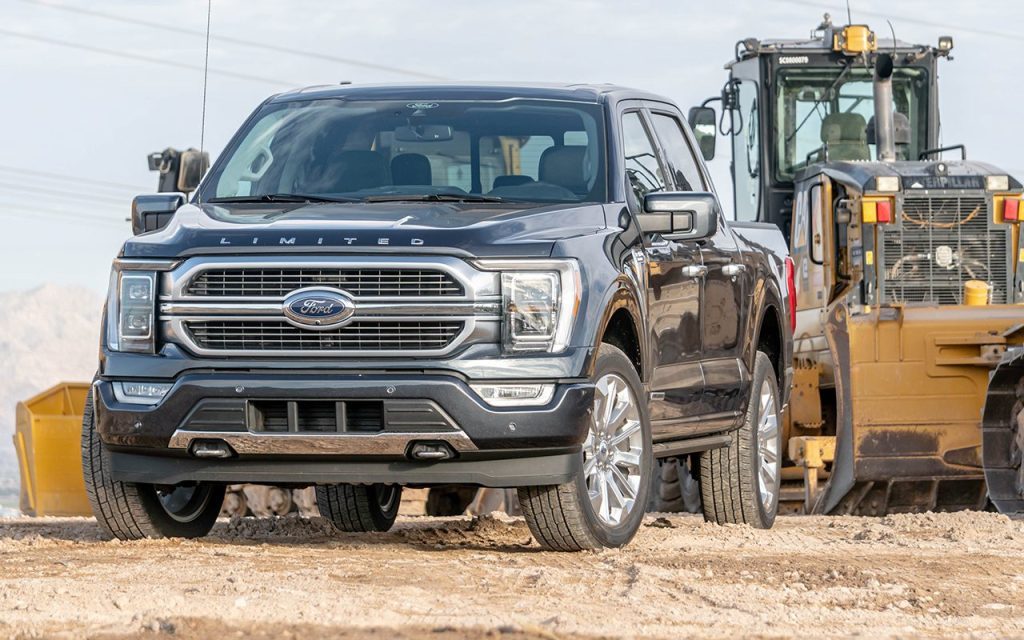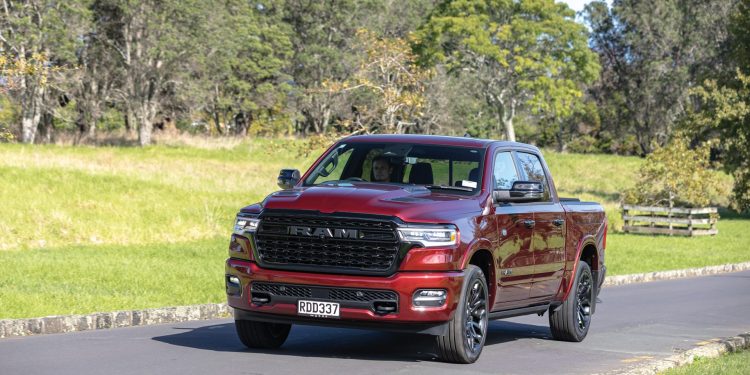ANCAP tests large pickup’s ADAS features
As the popularity of American pickups continues to rise in New Zealand, ANCAP has turned its attention to the safety performance of the segment’s biggest players. And the results show there’s still room for improvement.
In its first-ever Large Utilities ADAS Safety Comparison, the independent safety body evaluated how well some of the largest pickups and utes on sale use crash avoidance technology to protect both occupants and other road users. Tested models included the Chevrolet Silverado 1500, RAM 1500, Toyota LandCruiser 79 Series, Toyota Tundra, and an updated version of the Ford F-150 due in 2026, the latter two models not being offered in New Zealand through official channels however.

A growing concern
ANCAP Chief Executive Officer Carla Hoorweg said the study aims to set a benchmark for large pickups, a segment that poses unique risks due to their size and mass.
“Larger vehicles pose a bigger threat to other road users than passenger cars,” Hoorweg explained. “The best way to reduce fatalities and serious injuries from large vehicles is to make sure they do the best possible job at avoiding a crash.”
She added that public concern over the increasing size of utes in suburban and school areas has made this testing crucial.
“We’ve applied international best practice to ensure there’s an incentive for manufacturers to keep improving their crash avoidance technology,” she said.

Setting the standard
ANCAP says the testing program sets a standard “well above regulation,” highlighting the difference between basic compliance and true safety leadership. While performance varied, the organisation believes the results establish a strong foundation for future development and a clear opportunity to match the levels already achieved by smaller passenger vehicles.
These initial comparisons will now inform a broader testing framework that will include more models and variants from 2026, potentially expanding into physical crash testing to assess occupant protection as well as crash avoidance.
Why it matters
The move to assess large pickups separately comes as these vehicles become increasingly common on Kiwi roads, often doubling as both workhorses and family transport. Their elevated mass and height, however, can present dangers to pedestrians and smaller vehicles in crashes.

ANCAP notes that in the United States, fatal pedestrian crashes involving pickups are four times more likely to occur during a turn than those involving cars, and that vehicles with bonnet heights over one metre are 45 per cent more likely to cause pedestrian fatalities.
F-150 sets a high bar
Ford’s updated F-150, which is sold here, emerged as the standout performer, earning a Platinum safety grading and an overall score of 81 per cent, thanks to its comprehensive suite of driver-assist systems such as autonomous emergency braking, lane-keeping assistance, and adaptive cruise control.
The RAM 1500 followed with a Gold grading and a score of 70 per cent, while Toyota’s long-running LandCruiser 79 Series impressed with a Silver rating at 55 per cent, edging out its newer stablemate, the Toyota Tundra, which scored 50 per cent.

Bringing up the rear, the Chevrolet Silverado managed just 27 per cent, earning a Bronze grading due to its limited range of active safety technologies compared with its rivals.
Looking ahead
While the Ford F-150’s Platinum performance sets a new benchmark for large utes, ANCAP’s message is clear: technology alone isn’t the full solution. Continued development in both crash prevention and crash protection will be key to ensuring that these massive machines can safely share the road with everyone else.





